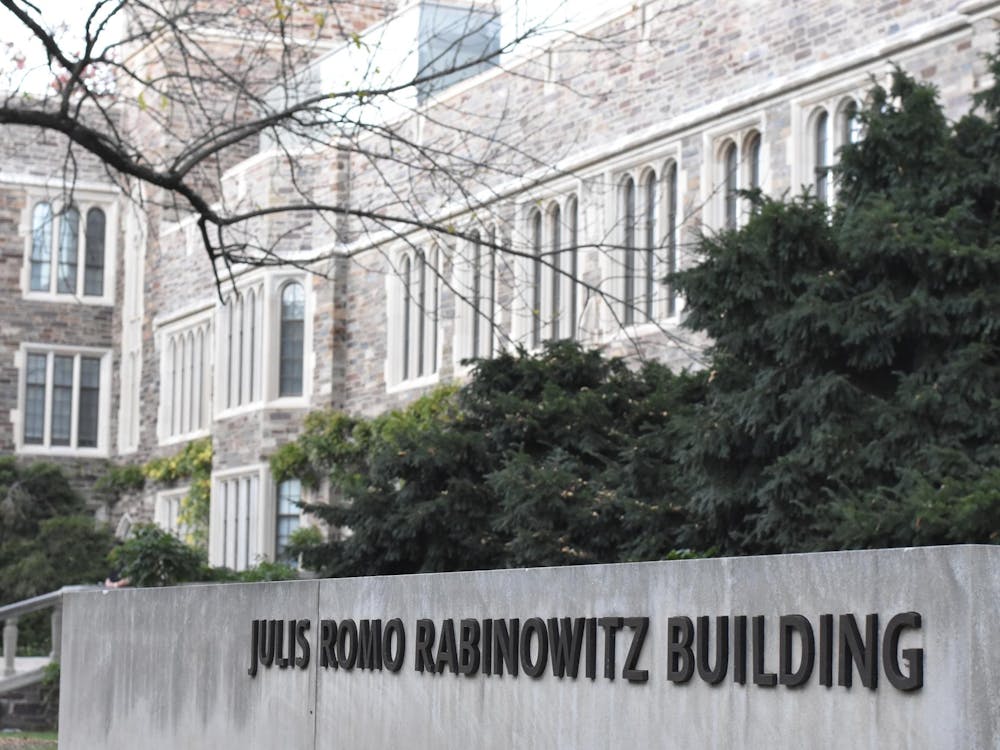Hailing from a small town in California where the average income falls under the national poverty line, I have come to see what poverty really “looks like,” and how few people there are at Princeton who have had to experience its effects. For example, though over half of the Class of 2013 receives financial aid according to the Princeton admission office’s website, more than 98 percent of those students’ families make over $60,000 a year, well above the maximum income that people on welfare can make in the United States. It must be noted, however, that though we fail to represent much of the lower middle class, there is a significant reason beyond the University’s control that prevents those with difficult lives to enter the Orange Bubble: They do not perform well enough to come here. Prepared inadequately by rundown schools and communities void of educational initiative, these students have simply not been given the opportunity to acquire the necessary skills and knowledge to handle the challenging and intensive postsecondary education that Princeton offers (or imposes on) its students.
This sounds unbelievably harsh, but I say this not as an affront to those students who suffer. Rather, this is a call out to the elementary and secondary educational systems that have failed to bring said students to the level they need to surpass to succeed as Ivy League students. Doubtless, there are many students out there with potential who have had to overcome significant obstacles in their lives, but admission officers cannot rely on blind faith by admitting a student who has not excelled, regardless of whence they come.
From this dilemma springs the “hoax” that has been revealed to us in the passing weeks. Though Princeton (as well as many other top universities) can boast of ethnic diversity, especially with the profusion of international students that garnish our campus and claims of equal opportunity, these are often, to put it bluntly, students from the same income bracket with different skin colors, something that does not erase socioeconomic lines, but rather perpetuates racial barriers. By relying on the old form of affirmative action by race, we have only put on the guise of socioeconomic diversity in hoping that the public would find the two categories — ethnicity and class — identical. Though there are correlations between the two on a nationwide level, simply observing the type of minorities here at Princeton exposes the lack of correlation on this very campus.
My Hispanic friends and family members back home will forgive me if I relate the fact that most people receiving welfare checks in Tulare, Calif., are Mexican-American. They make up the working class and do not make much money, as many of them are migrant workers. At Princeton, on the other hand, the handful of Hispanics I have met consist of the son of an investment banker; former students of math and science academies, boarding schools or other private institutions; and inhabitants of the Upper East Side. Though there are indeed those — the minority of the minorities here — who have scaled the heights of financial adversity to come to this school by their outstanding accomplishments, they tend to be the exception to the rule. Though I concede that the finite number of people with whom I interact limits my perspective, the trend of wealth appears too significant to ignore.
This is not an attack on the University or its admission policies. The goal of Princeton no doubt continues to be the increase of all kinds of diversity on this campus, but until enough candidates from the lower class spring up to fill the demographic gap here, associating ethnicity and income will be the go-to plan. On this end, all universities have little control over what kinds of students will succeed in their secondary education to prove worthy to attend a prestigious institution. There is only so much a judge of talent and potential can do when faced with the facts, though Princeton has gone above and beyond in searching for that talent through nonprofit organizations — such as Questbridge (questbridge.org) and LEDA (ledascholars.org) — dedicated to highlighting outstanding students in light of adverse backgrounds. But in the end, it is instead the primary responsibility of high schools to trumpet their students not only as conquerors of adversity, but also as champions of intellect and extraordinary accomplishments in the face of such.
Joey Barnett is a sophomore from Tulare, Calif. He can be reached at jbarnett@princeton.edu.







